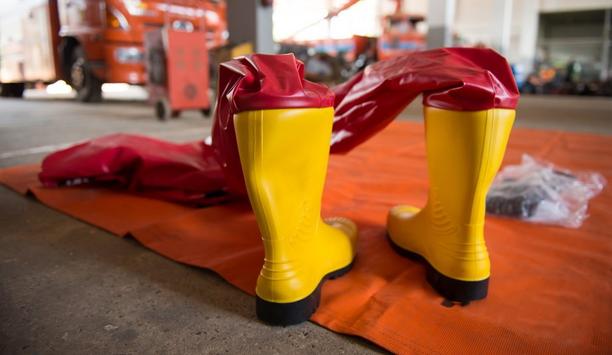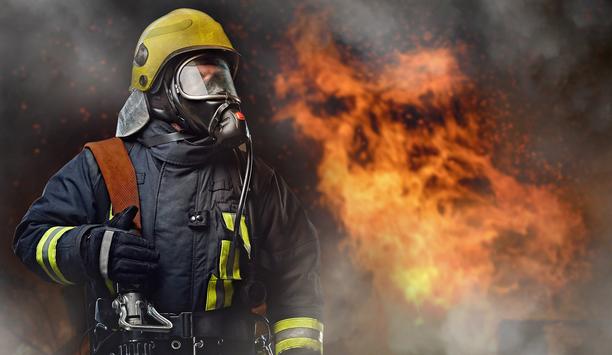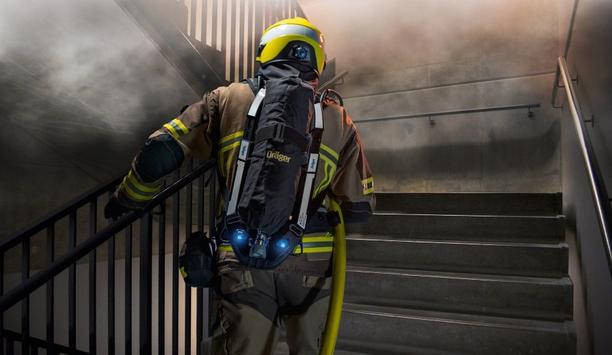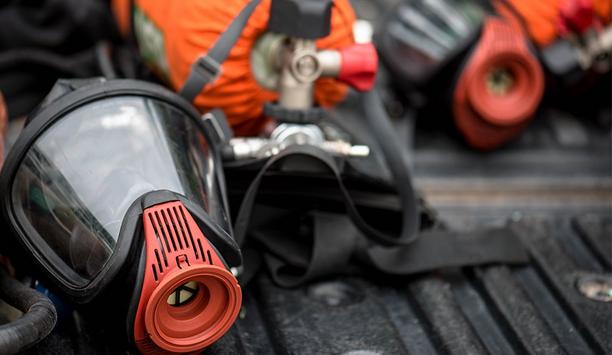The IFSS Coalition has unveiled its new guidance document to address differing or non-existent fire safety requirements in countries across the world.
A global coalition of over 80 fire safety leadership organizations on Monday, 11 October, 2023, launched a new Global Plan for a Decade of Action for Fire Safety 2022-2032, to ensure an internationally consistent approach to the safety and management of buildings, infrastructure and more with the aim of saving lives by reducing risk and preventing devastating fires.
the Decade of Action for Fire Safety
The launch of the Decade of Action for Fire Safety is backed by the UN
The launch of the Decade of Action for Fire Safety is backed by the UN and builds on the International Fire Safety Standard-Common Principles (IFSS-CP) published by the IFSS Coalition in October 2020. It follows extensive work to bring public confidence around the regulation and control of fire safety measures.
Gary Strong, Chair of the IFSS Coalition, said: “Our coalition has worked hard to produce this globally applicable way to bring improvements and consistency in fire safety to buildings and infrastructure new and old, and reduce the risk to lives. The goal of the Decade of Action for Fire Safety is to stabilize and reduce the forecast level of fire fatalities, injuries, economic cost, and environmental impact around the world by 2023 despite an increase in population over this period."
He adds, “This new initiative is unprecedented, being the first agreement on fire safety actions on this international scale, with its development supported by the United Nations in line with its own sustainable development goals. It is the outcome of extensive work and worldwide expertise on fire safety drawn from over 80 coalition organizations, and will bring reassurance that the construction and management of buildings and infrastructure upholds appropriate fire safety standards, with improved training, education, and resources.”
Delivers of Action
The Decade of Action delivers a clear goal, performance-based objectives framework, and common actions that align with the UN SDGs that can take place at the individual, community, city, national, regional, and global levels, which can be defined as follows:
- Pillar 1: People–actions to help individuals and groups understand fire, what they can do to increase their understanding
- Pillar 2: Products–actions to reduce fire hazards associated with appliances, contents, and building components
- Pillar 3: Structures–actions to reduce fire hazards associated with structures including planning, design, and operation
- Pillar 4: Infrastructure–actions to help enhance firefighting infrastructure
- Pillar 5: Communities–actions to facilitate sustainably and fire-resilient communities.






